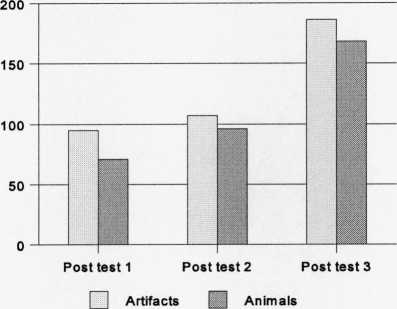Figure 7.9 Total number of correct responses on the definition task by semantic
domain across testing

To what extent does the child’s prior lexical knowledge (Comprehension and Naming)
influence the provision of definitions 1
Children with high level baseline comprehension vocabulary provided more definitions than
children with low level baseline vocabulary across testing. The differences were significant
for post test 2 (Mann-Whitney U: Z=2.4, p<.05). Separate analysis for each group
demonstrated the same pattern, however the differences were not significant. In addition,
children with high level of baseline naming vocabulary provided more definitions than
children with low level baseline naming vocabulary across testing. The differences were
found to be significant for post test 2 (Mann-Whitney U: Z=3.8, p<.0005) and post test 3
(Mann-Whitney U: Z=3.05, p<.005). Separate analysis for each group demonstrated the same
pattern, however, the differences were not significant.
Qualitative analysis
Children’s definitions focused on a variety of properties about the target referents which are
presented in Table 7.11 below table.
Table 7.11 Types of properties mentioned in children’s definitions
|
Properties______________ |
_____________Example__________________________ |
|
Descriptive properties Contextual properties |
e.g. for the ostrich “it has flat head and long neck” e.g “Ostrich is a bird” e.g. for the ladle “to put soup in the bowl”; for the ostrich “ it runs very fast” e.g.“the mole lives underground” |
213
More intriguing information
1. Optimal Vehicle Size, Haulage Length, and the Structure of Transport Costs2. Forecasting Financial Crises and Contagion in Asia using Dynamic Factor Analysis
3. The value-added of primary schools: what is it really measuring?
4. Strategic Policy Options to Improve Irrigation Water Allocation Efficiency: Analysis on Egypt and Morocco
5. The name is absent
6. The name is absent
7. Who is missing from higher education?
8. Bidding for Envy-Freeness: A Procedural Approach to n-Player Fair Division Problems
9. The name is absent
10. Behaviour-based Knowledge Systems: An Epigenetic Path from Behaviour to Knowledge